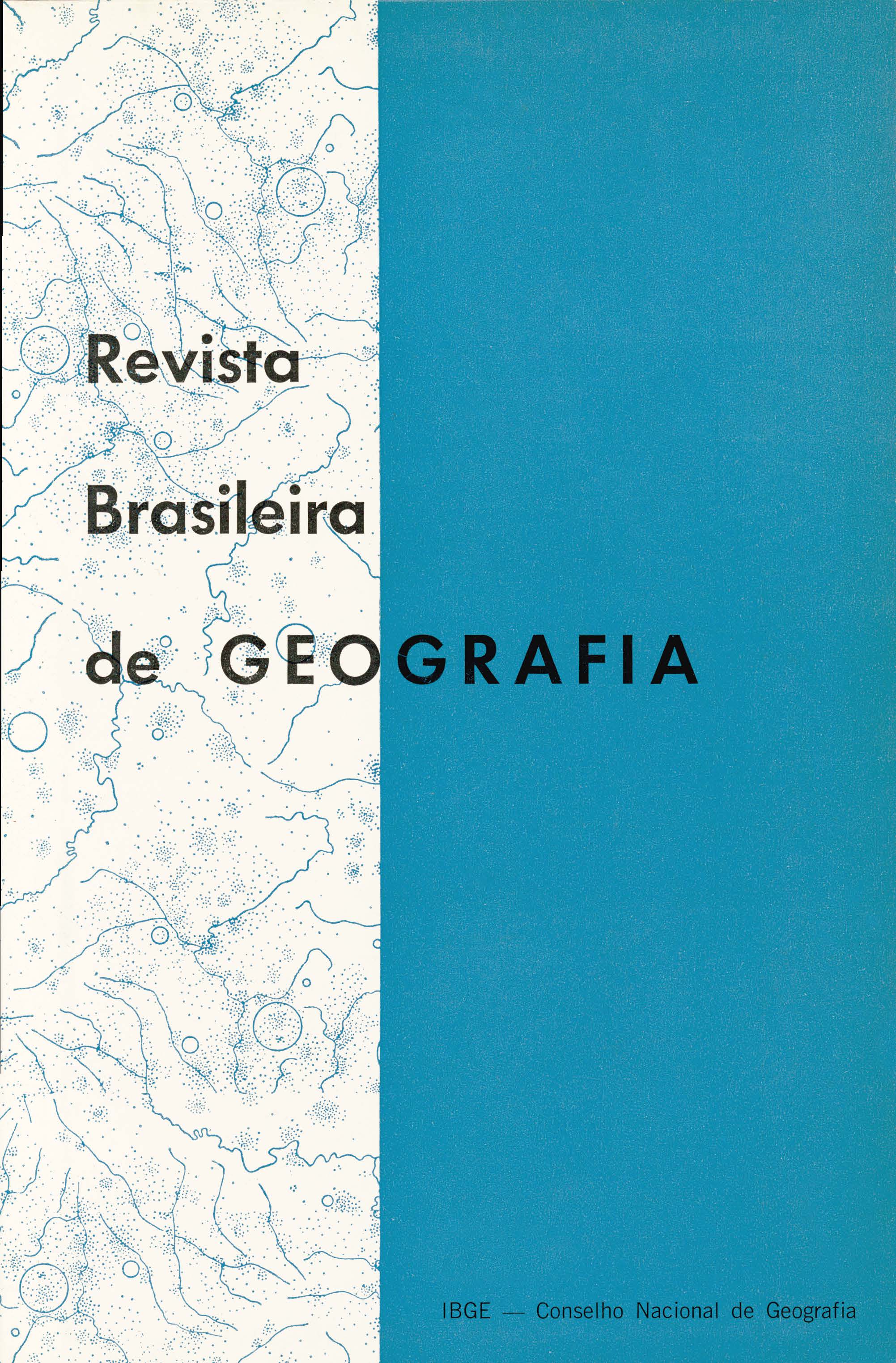A Geografia social no Rio de Janeiro
Palavras-chave:
Rio de Janeiro - RJ, Rio de Janeiro - Estado, Geografia humana, Geografia urbana, Ecologia urbana - SociologiaResumo
This study tries to give a contribution to an increasing source of knowledge concerning with a manner of which the towns are growing and developing, and how the physical characteristics and economic-social forces are affecting such a growth and development,
The methodology of the factorial ecology (term assimilated by sociologists and geographers on 1920 decade, in the study of the man interaction with his environment, both physical and sociological) has been utilized since the decade of 1940, as a technique for the analysis of the urban areas.
The essence of this work reveals that the urban populations are differentiated by three concepts that SHEVSKY has called of social position, urbanization and segregation. For the analysis of each concept a rate is ascribed based on one to three variables related to census, which indicate the position of a census zone in the scales of economie, familiar and ethnic status.
It is utilized, now a day, the term factorial ecology to characterize the studies concerning to the application of factor analysis to ecological studies.
A data matrix is analyzed, which contains measures of m variables for each one of n observation units (census zones, districts ... ) with the purpose to: 1) Identify and summarize thB common forms of variability of the m variables to a short number of independent r dimensions that reproduce this variant additionally; and 2) examine the score patterns of each one of n observation units in each one of r dimensions. The isolated dimensions are considered as an objective result of the analysis. The work seeks to employ the factor analysis as a tool on the understanding of human ecology of Rio de Janeiro. To dispose the results of this instrument on an effective perspective was initially given special attention to general forms of urban development of Lusitanian-Brasilian towns and thence to the general form or urban development of Rio. The factor analysis has as aim to provide additional introspection about the human ecology of the city in 1960, have also been made attempts of interpretation. The chapters that were approached are the followings: The Brazilian Urban System: The History of the Urban Development of Rio; The Growth and Development of the "Favelas"; The Social Geography of Rio de Janeiro; The Ethnic Factor.
Some conclusions are suggested: "One can observe that the hypothesis of SJOBERG about the pre-industrial-town, transitional and industrial, are ratified by this study, and that the ecological patterns of Rio can be better understood at the light of those hypothesis".
"At the same time Rio is showing obvious signs of industrialization impact on the social order. The great flow of people proceeding from the rural areas is the result of economic, educational and social advantages that Rio offers, as a modern center".
"In Rio, according to the results of factorial ecology, based on 1960 census data, the status is clearly related to centrality, outpointing areas for further studies:
"It would be better to repeat the factor analysis when the 1970 census data were available to verify if the expected changes had occurred".
"A comparison of the areas of Rio with comparable parts of others towns of different cultures would provide useful material on the role played by cultural elements in ecological patterns of the towns".






